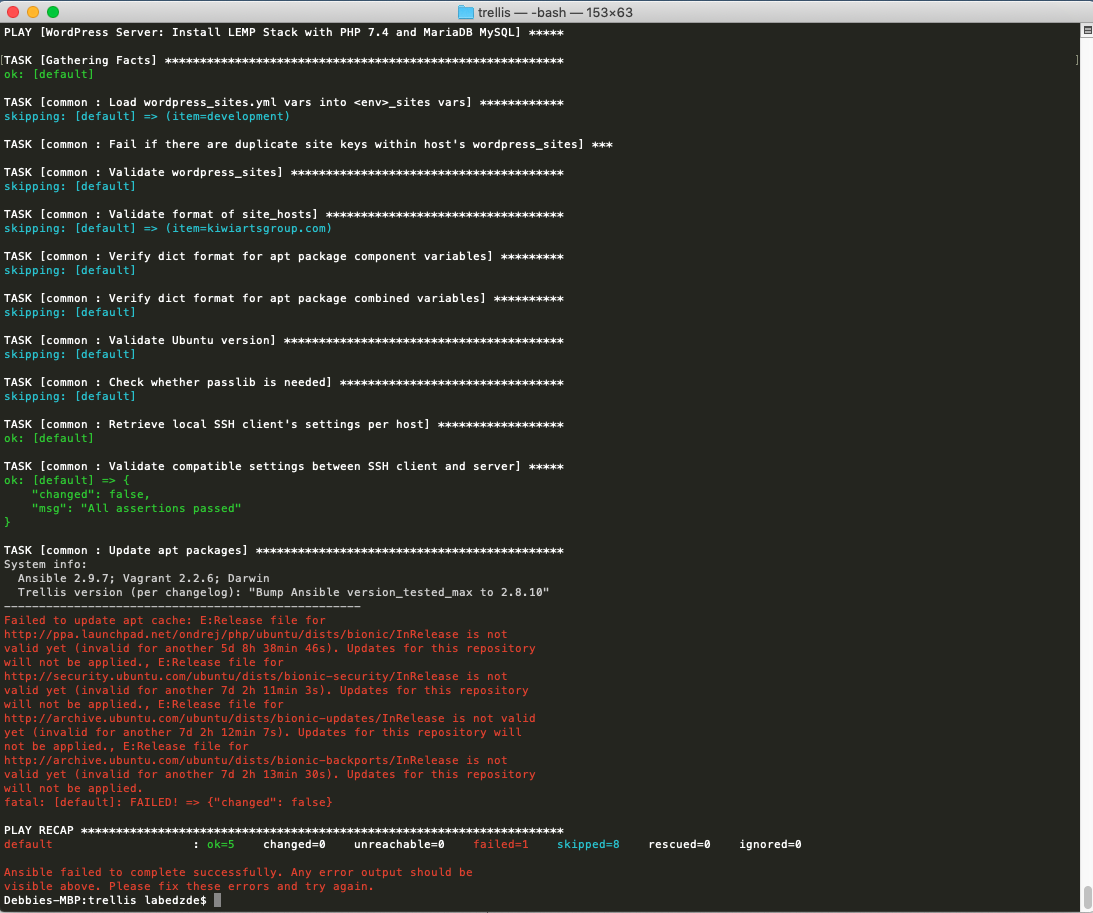You can install Ansible quickly in your system with Homebrew( or PIP(Package manager for Python)
May 07, 2020 Install Ansible with Homebrew If you are using macOS, then you can use Homebrew. First, ensure that you have Homebrew installed in your system. Homebrew is a package manager for Mac OS. Ansible 101 on a Cluster of Raspberry Pi 2s: MidCamp 2015 March 21, 2015: Ansible + Drupal: A Fortuitous DevOps Match: YouTube March 8, 2015: Ansible serial/forks demo on a Cluster of Raspberry Pis: DrupalCon Austin June 5, 2014: DevOps for Humans: Ansible for Drupal Deployment Victory! Meetup January 14, 2014. Homebrew’s package index. Also known as: ansible@3 Automate deployment, configuration, and upgrading. Ansible将会对远程系统模块参数记录在远程的syslog中,除非一个任务或者play被标记了“nolog: True”属性,稍后解释. 在主控机上启用基本的日志功能参见 Ansible的配置文件 文档 并 在配置文件中设置’logpath’.企业用户可能也对 Ansible Tower 感兴趣.
Install Ansible with Homebrew
If you are using macOS, then you can use Homebrew.
First, ensure that you have Homebrew installed in your system. Homebrew is a package manager for Mac OS. So if you want to learn more details about it, visit my blog below.


Run the following commands in your terminal. But, just copy commands without $ sign.
Checking Ansible version
Install Ansible with PIP
Ansible Homebrew

Brew Install Pip

Ensure that you have Python and PIP in your system. Check the following page about Python installation.
Updating Ansible
Ansible Homebrew_cask Invalid Cask
Installing specific Ansible version
